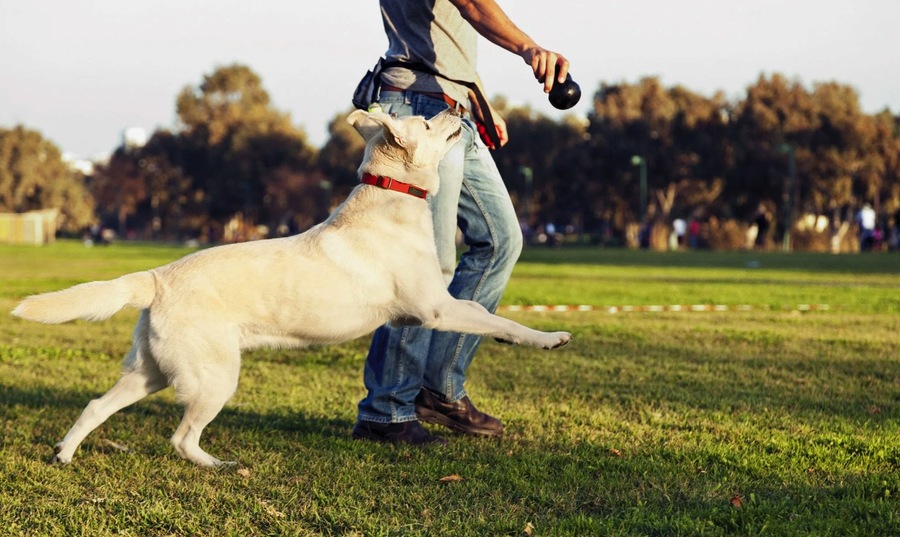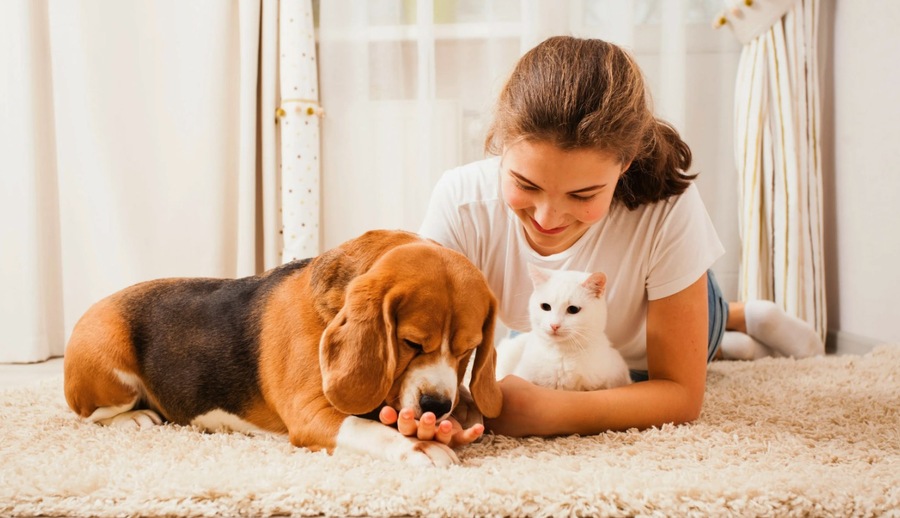Transitioning your pet back home after a boarding stay requires careful planning and attention to ensure a smooth and stress-free process. Understanding how to make this transition seamless can significantly impact your pet’s overall well-being and adjustment. This guide provides detailed steps and tips to help your pet reacclimate to home life after boarding.
Preparing for Your Pet’s Return
Clean and Organize the Home
Before bringing your pet home, ensure that their environment is clean and organized. This preparation helps create a comfortable and welcoming space, which is crucial for reducing stress. Remove any new items or potential hazards that may cause anxiety or curiosity-driven accidents. A familiar and safe environment aids in a smoother transition.
Gather Essential Supplies
Prepare all the necessary supplies ahead of time. This includes food, water, bedding, and favorite toys. Having these items ready ensures that your pet can settle in quickly without any additional disruptions. If your pet requires medication or special health supplies, ensure these are accessible and ready for immediate use.
The Pickup Process
Arrive Calm and Prepared
When picking up your pet, maintain a calm demeanor. Pets can sense and react to their owner’s emotions, so staying calm helps prevent transferring any anxiety to your pet. Bringing familiar items, such as their favorite blanket or toy, can make the car ride home more comfortable and reassuring.
Communicate with Boarding Staff
Engage in a detailed conversation with the boarding staff before leaving. Discuss your pet’s stay, including any behavioral changes, dietary adjustments, and overall health observations. Ensure you collect any leftover food, medications, and personal items. This information is crucial for understanding any adjustments needed once your pet is back home.

The Car Ride Home
Ensure a Safe and Comfortable Journey
Secure your pet in a carrier or with a seatbelt harness to ensure their safety during the car ride. If your pet is prone to anxiety during car rides, consider using calming aids or natural supplements recommended by your veterinarian.
Monitor Your Pet’s Behavior
During the journey, closely observe your pet for signs of anxiety or discomfort. If your pet appears stressed, consider making brief stops to help them relax. Offering water and a calm environment can also help mitigate travel stress.
Monitoring Your Pet’s Health
Look for Signs of Stress or Illness
Post-boarding, monitor your pet closely for any signs of stress or illness. Behavioral changes, appetite loss, or digestive issues can indicate that your pet is struggling to readjust. If any concerns arise, consult your veterinarian promptly for advice and potential interventions.
Rehydrate and Feed Appropriately
Ensure your pet stays hydrated and maintains a regular eating schedule. Boarding environments can sometimes disrupt normal routines, so it’s important to encourage regular water intake and gradual refeeding. Avoid overfeeding immediately after returning home to prevent digestive issues.
Providing Emotional Support
Spend Quality Time Together
Quality time is essential for helping your pet readjust emotionally. Engage in bonding activities such as play, grooming, and simply spending time together. This interaction reassures your pet and strengthens your bond, making the transition smoother.
Use Calming Techniques
Implement calming techniques like playing soothing music or using pheromone diffusers. These methods can help create a tranquil environment, reducing anxiety and promoting relaxation. Consult your veterinarian about natural supplements that may aid in calming your pet if necessary.

Adjusting to Behavioral Changes
Understand Possible Behavioral Adjustments
Acknowledge that your pet may exhibit different behaviors after their boarding experience. These changes are often temporary as your pet readjusts to their familiar environment. Be patient and give them time to settle back into their routine.
Seek Professional Advice if Needed
If behavioral issues persist, consider seeking advice from a professional trainer or behaviorist. These experts can provide tailored strategies to address any persistent problems and help your pet readjust effectively.
Conclusion
In summary, transitioning your pet back home after boarding requires careful preparation and patience. Ensuring a clean and organized home, maintaining a calm pickup process, and gradually reintroducing your pet to their routine are key steps in this process. Monitor your pet’s health, provide emotional support, and supervise interactions with other pets to ensure a smooth and stress-free transition.
To explore reputable boarding facilities and their services, consider visiting The Ark for a comprehensive range of pet boarding options.
Skydiver, audiophil. Working at the junction of aesthetics and purpose to create strong, lasting and remarkable design. I’m fueled by craft beer, hip-hop and tortilla chips.
